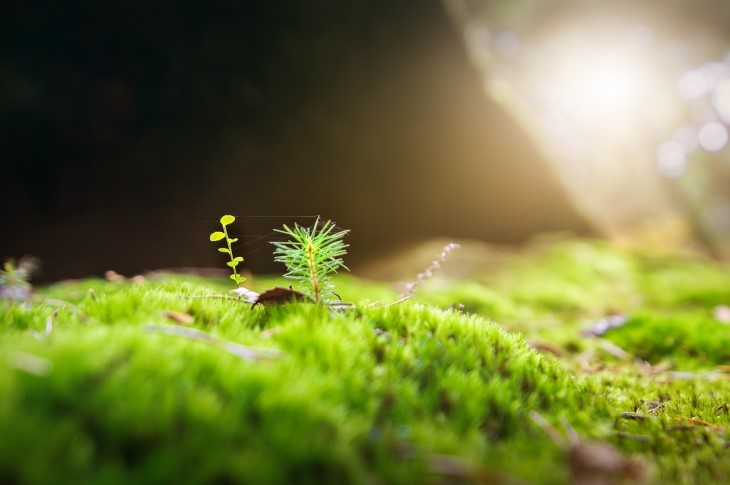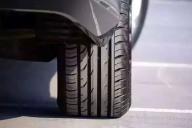Interestingly, proper lawn care is very important and most of the problems with unsightly weeds are caused by our negligence.
How to prevent and remove moss from the lawn?
Learn effective methods, which is strongly recommended by agricultural scientist Anastasia Kovrizhnykh .
Where does moss come from on the lawn?
Moss is nothing more than a persistent weed that is found more widely in forests. Unfortunately, under favorable conditions, it can live in almost any environment, including lawns and objects around houses.
It spreads quickly and is unpretentious. Often you have to be content with conditions that would be unfavorable for other plants.

The reasons should be sought in a rather specific structure, which lacks a traditional root system.
Instead, the moss has so-called grips, with the help of which it is fixed to the ground. Quite often it grows on stone driveways, concrete decorative elements outside or flower pots.
Although moss does not require special conditions for propagation, it, like other plants, has its own preferences, and some factors are almost an invitation for it.
Reasons for the appearance of moss on the lawn:
- compact, impermeable soil that causes water stagnation;
- increased substrate humidity;
- acidic substrate pH, less than 6.0;
- large shading;
- too much or too little fertilization;
- too thick or too thin turf;
- Incorrect mowing - blades too short.
How to Effectively Remove Moss from Your Lawn
There are many methods, but you will achieve the best results by combining several of them. The main thing is that a lot depends on proper lawn care, so first of all, pay attention to whether all treatments are carried out in the recommended way. Below are several proven methods for making durable moss on the lawn.
Proper care – watering, mowing, good substrate
Let's start with the basics, i.e. with the soil. If your site has acidic soil, sooner or later a characteristic green coating will most likely appear. To prevent this, you will need to deoxidize the substrate.
Liming with dolomite or calcium-magnesium fertilizer is very good for this purpose. Sprinkle the product over the turf surface and water it with a light stream of water. Liming is one of the most frequently recommended procedures before laying a lawn and gives really excellent results.
Heavy, clayey soils that limit water absorption and therefore cause water retention on the surface are ideal conditions for moss growth.
To loosen the substrate, it is necessary to carry out aeration and sandblasting procedures. On small lawns, it is enough to pierce the ground with a pitchfork. Since moss loves moisture, it is better to water the turf less often and more abundantly than often in small quantities.
The next step to healthy, lush green turf is proper mowing, which should be done regularly, at least once a week.
It should be remembered that you cannot shorten the grass too abruptly, and the optimal height is 3-5 cm. The more the area is shaded, the higher the grass after mowing.
And finally, the lawn needs to be cleaned regularly. Plant remains, twigs or leaves on the turf retain moisture, shade turf fragments, limit air circulation and access to light. A regular garden rake is enough to clear the area.
It is a good idea to precede fertilizing your lawn with a soil analysis to determine its needs.
If you are unsure about the type of substrate, the safest option is a slow-release mineral fertilizer that gradually releases nutrients into the soil. Using it reduces the risk of overfertilization or sterilization of the substrate.
In gardening shops you will find a wide range of preparations aimed at combating moss on the lawn. Most of them contain iron sulfate, which effectively protects the turf from green weeds. These preparations should be used in spring or autumn, always in accordance with the manufacturer's recommendations placed on the packaging of the selected fertilizer.
Previously, we talked about which flowers can go for decades without replanting.









